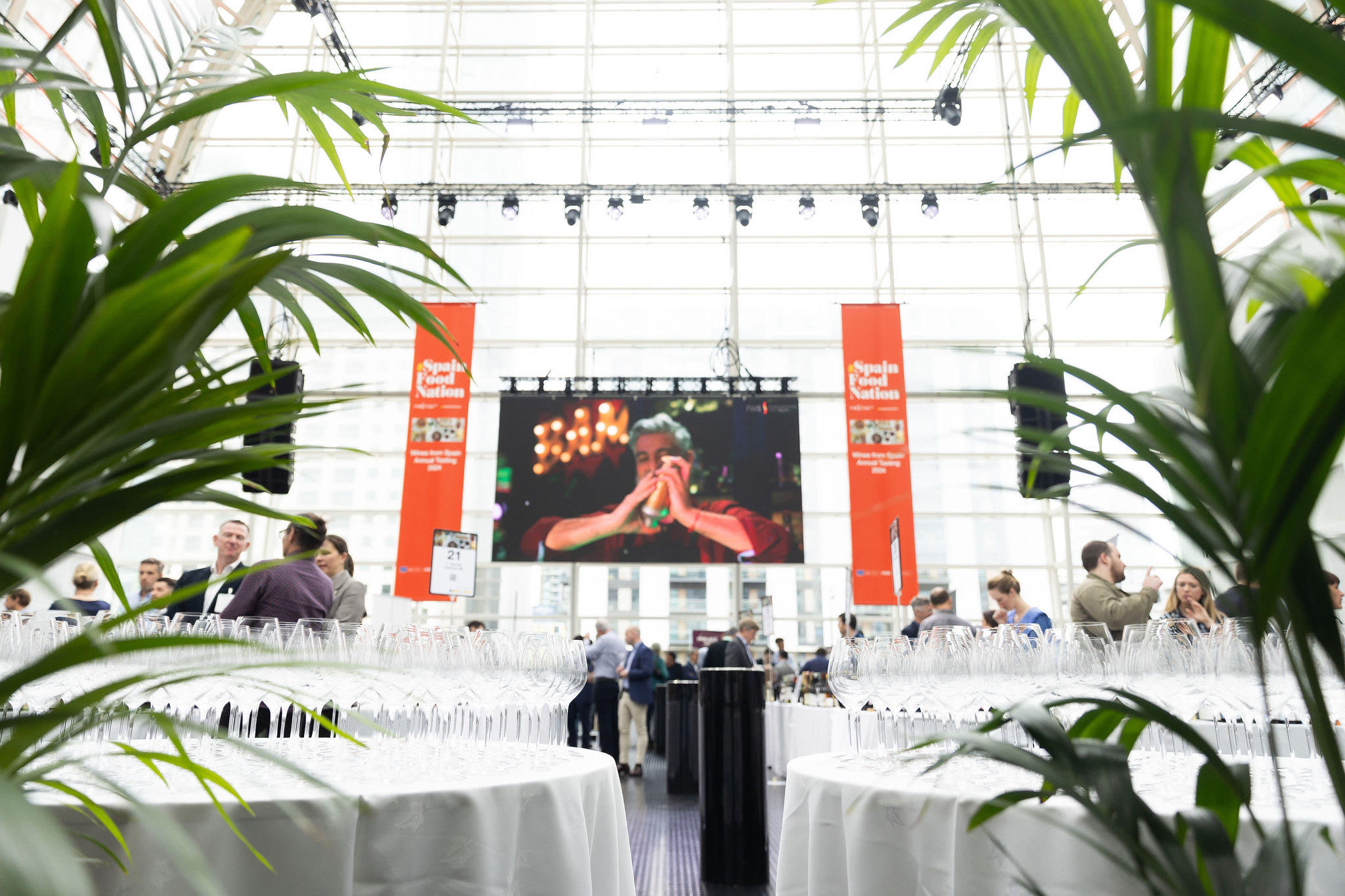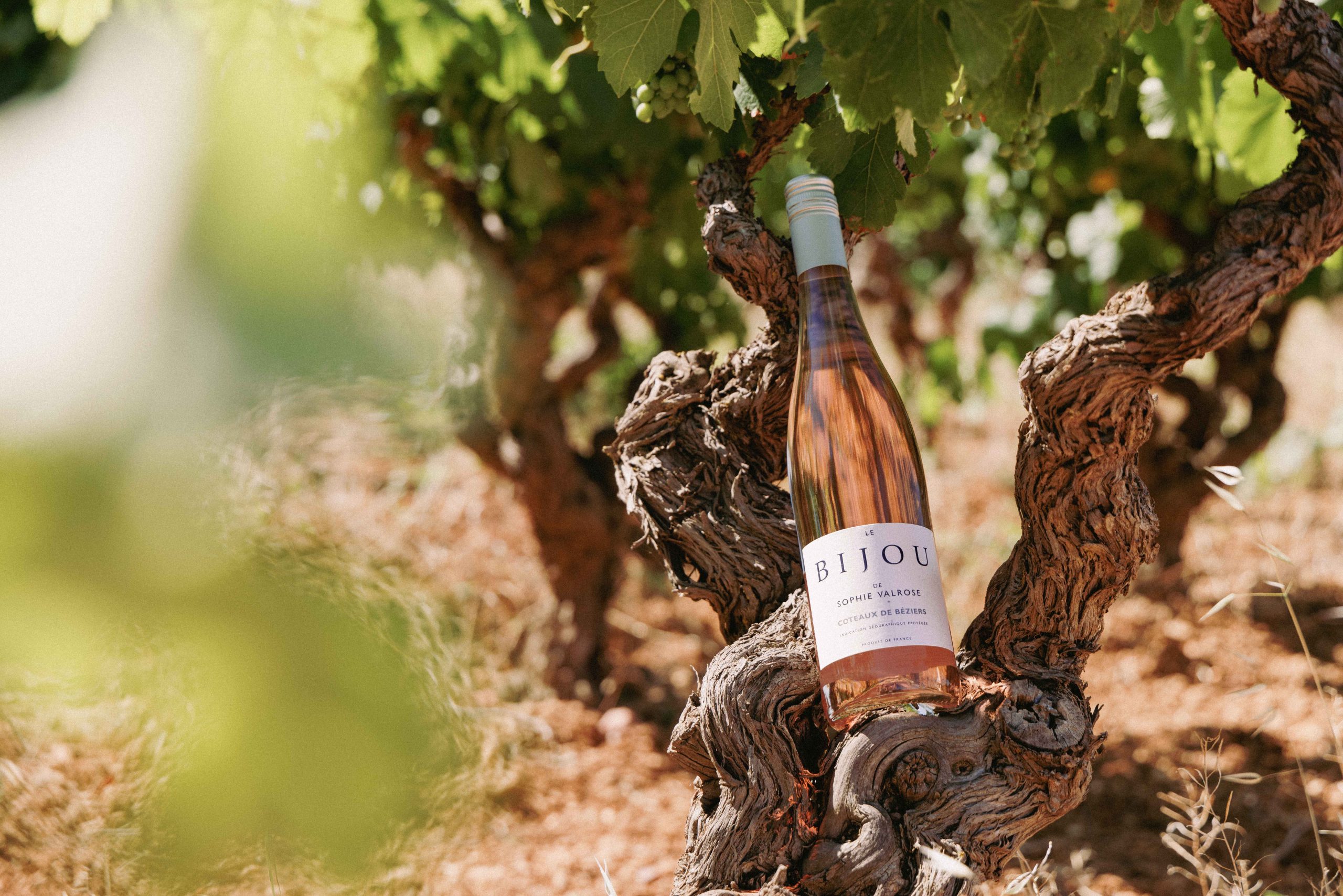Alto Adige showcases diversity and awards Wine Culture accolade
By Jessica MasonAlto Adige celebrated its diversity of wines and discussed how it will move things forwards with wine tourism, awarding wine communicator Nancy Gilchrist MW with a Wine Culture Award. db reports.

Speaking to the drinks business, Alto Adige Wines director Eduard Bernhart said: “Alto Adige is a really small region – only 5,800 hectares, which is not big, but I think this is what makes it so special”, He added: “Alto Adige is also all about diversity. The wine region is so small, but the diversity is huge. There are more than 20 varieties cultivated there and more than 200 wine producers, which means more than 4,000 families and each of them are working in the vineyards and they own the vineyards.”
Today, more than 20 different grape varieties find ideal growing conditions in Alto Adige’s diverse terroir. At the same time, the once traditionally red “Schiava/Vernatsch country” has developed into a white wine country over the last four decades. The share of white grapes has increased from 20% in the past to 65% today.
The most important white grape varieties are currently Pinot Grigio (12%), Gewürztraminer (11%), Chardonnay (11%), Pinot Blanc (11%) and Sauvignon Blanc (9%). The red varieties are dominated by Lagrein (9%), Pinot Noir (10%) and Schiava/Vernatsch (8%). Gewürztraminer, which has been native to Alto Adige for a long time, and the autochthonous Lagrein and Schiava/Vernatsch varieties which are particularly important to Alto Adige winegrowers.
Bernhart told db: “The average size of a vineyard is a little bit more than one hectare per owner, but Alto Adige has huge complexity regarding geology, soil types and altitude, which can be from 200 to 1,000 metres above sea level. All of this makes it interesting.”
Admitting that the diversity in the region has meant that it can be quite hard to summarise the area with one core message, speaking at an event at Brunswick House this week, Bernhart described how “it is challenging in its communication, because we cannot speak about just one variety. Instead, we have to speak about everything.”
Bernhart then also explained how, for the area, one primary development is how “wine tourism is becoming more important every year”. He assessed how “now, it is quite a touristy area. Before, the region was not known for wine tourism, but very well known for skiing because in the Dolomites there are amazing ski resorts.”
This, he revealed, has meant that it has provided the winemakers in the area with a few opportunities to tap into a captive market and upsell what they do locally via word-of-mouth. Bernhart said: “There is one new thing: now you can fly directly from London and this is opening up a new market and a new target demographic, which is good.”
Partner Content
He added: “We collaborate with the mountain huts and with the ski resorts now too. For example, we started with education and now have a ‘wine ski ambassador’ which is a key instructor, for example, who is trained or who has knowledge of the wine region who will talk to people while out skiing, because these are the people who people will spend the whole week with along with their families, and these are also people who would like to learn more.”
But, he highlighted: “Things are changing a lot. Behaviour is changing. For example, in the ski resorts we have in the Dolomites, they have to focus on good food and good wine and now there are a lot of Michelin star restaurants, so people don’t go for apres ski. Instead, they go to the hotel and what they really want is to have a great dinner.”
Essentially, he outlined how “we have a very interesting region in the north of Italy which is rich in culture. The people speak two languages and are bilingual in German as well as Italian. Plus, the German has a Hungarian influence as well as the Italian influence”. This, he said, added to the diversity of Alto Adige.
He explained: “You can see this also, not only in the language, but also in the food. It is a melting pot – the mixture between these cultures. It really has some advantages and is a bridge between north and south. I think this is something which makes Alto Adige unique: good food, great wines, and amazing mountains. Nowadays it is also easier to reach the area which comes with possibilities and with a small airport this has become really important for the London area.”
Ultimately though, Bernhart agreed that it is the people who reside in the area that help move things forwards and described their temperament when it came to winemaking and, indeed, living. He explained: “I think that one more thing worth mentioning is the people, because they are very charming, and they love to work with guests. This also means there is great hospitality which is something I always feel it’s very important.”
Bernhart then presented an award to Gilchrist for her commitment to Alto Adige and said: “This special award is an international award and this year, we are really happy and delighted to give this Wine Culture Award to Nancy. We have known each other now for about seven years and it is always great to work together and has always been a great pleasure.”
In presenting the award, Bernhart insisted that Gilchrist is “a great ambassador for Alto Adige because she loves the area, likes our wines, and has spent so much time with us”.
Upon accepting the accolade, Gilchrist said: “Thank you so much. Honestly, I can genuinely say it’s been a real pleasure to be able to work with the variety of diversity, the beauty of everything that you find in Alta Adige and the wines have been a revelation. Not just when I first discovered them, but also…learning about the people. It has been a real pleasure to meet all the people in the consortium and in the wineries, because they’ve been fantastic: so open to alternatives and options for looking towards the future. I like very much the saying that ‘constancy requires change’, which sounds counterintuitive, but what I mean is that small tweaks along the way have allowed you to maintain a tradition that is recognisable over generations. It’s just such a wonderful region.”
Related news
Should Rioja increase its focus on white wine?
The 'family spirit' behind Champagne Gardet's 130th anniversary




